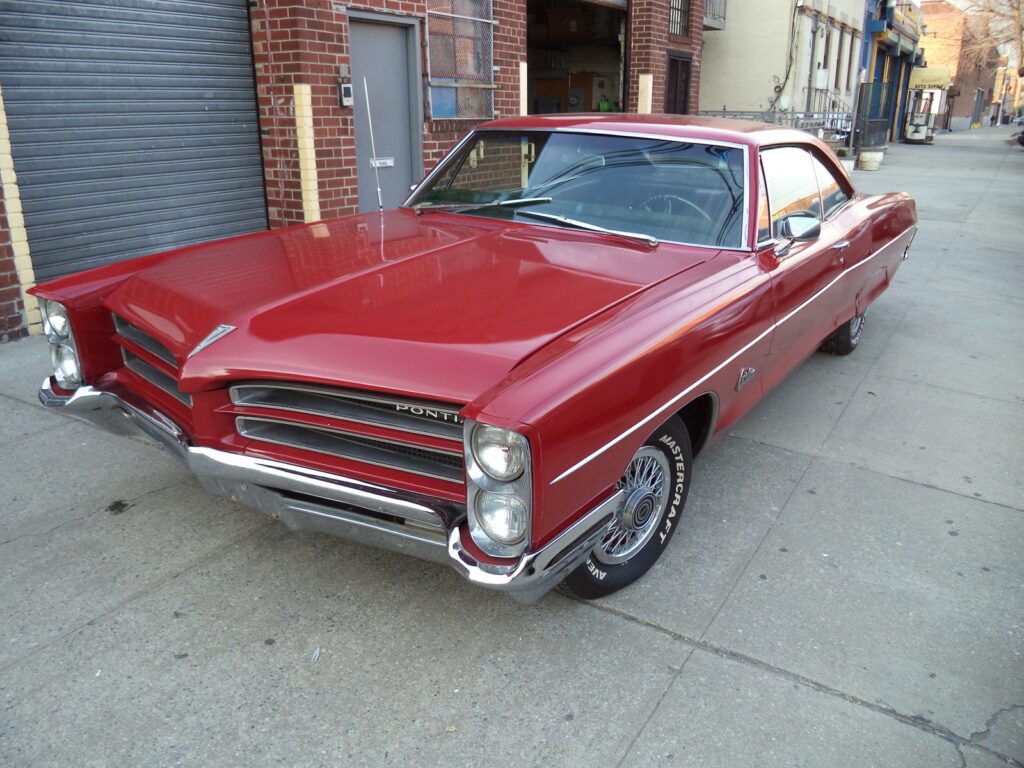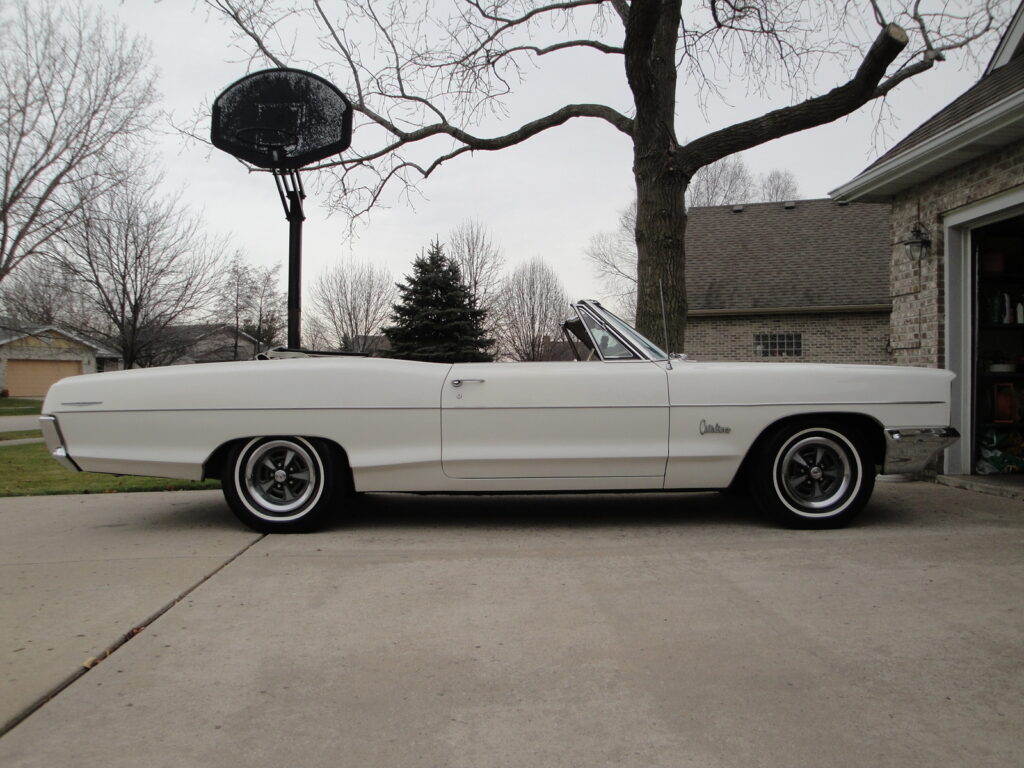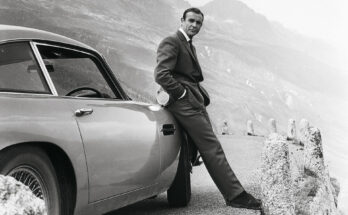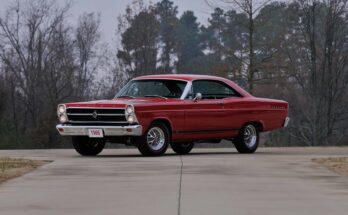One of the most intriguing stories about the 1966 Pontiac Catalina revolves around its role in a quirky, lesser-known chapter of automotive history: the Pontiac Catalina “Swiss Cheese” legacy and its connection to the 1960s drag racing scene. While the “Swiss Cheese” nickname is more commonly associated with the 1963 Pontiac Catalina, the 1966 model carried forward the brand’s racing spirit, particularly through its high-performance 2+2 variant, and one particular tale highlights its wild reputation.

The “Swiss Cheese” Connection and a Drag Strip Legend
In the early 1960s, Pontiac was deeply invested in drag racing to boost its image as a performance brand. The 1963 Catalina earned the “Swiss Cheese” nickname due to its lightweight Super Duty models, which had holes drilled into the frame to reduce weight—resembling Swiss cheese—for better drag strip performance. By 1966, while Pontiac had officially stepped back from factory-sponsored racing due to General Motors’ ban on motorsport activities, the Catalina 2+2 kept the spirit alive for street racers and enthusiasts.One fascinating story involves a 1966 Pontiac Catalina 2+2 that became a local legend at a small drag strip in rural Michigan.

A young mechanic named Tommy “The Tiger” Russo, a Pontiac devotee, purchased a Starlight Black 1966 Catalina 2+2 equipped with the 421-cubic-inch V8 and a four-speed manual. Russo, a tinkerer with a knack for pushing machinery to its limits, modified the car extensively in his garage. Inspired by the earlier “Swiss Cheese” Catalinas, he lightened the car by removing non-essential components, drilling strategic holes in non-structural parts, and swapping heavy stock parts for aluminum alternatives. He also tuned the 421 V8 to churn out closer to 400 horsepower, a beastly figure for a full-size car.

At the local drag strip, Russo’s Catalina became a terror. Its massive size belied its speed, and it regularly outran smaller, nimbler competitors like Mustangs and Camaros. The car earned the nickname “Black Ghost” among locals, as it would appear at the strip, dominate races, and vanish into the night. The legend grew when Russo, a bit of a showman, would challenge rivals to race for pink slips (the car’s title) and won several vehicles, including a 1965 Chevy Impala and a Dodge Coronet. Word of the “Black Ghost” spread, and it reportedly caught the attention of Pontiac engineers who, despite GM’s racing ban, quietly admired the grassroots effort to keep the Catalina’s performance legacy alive.


